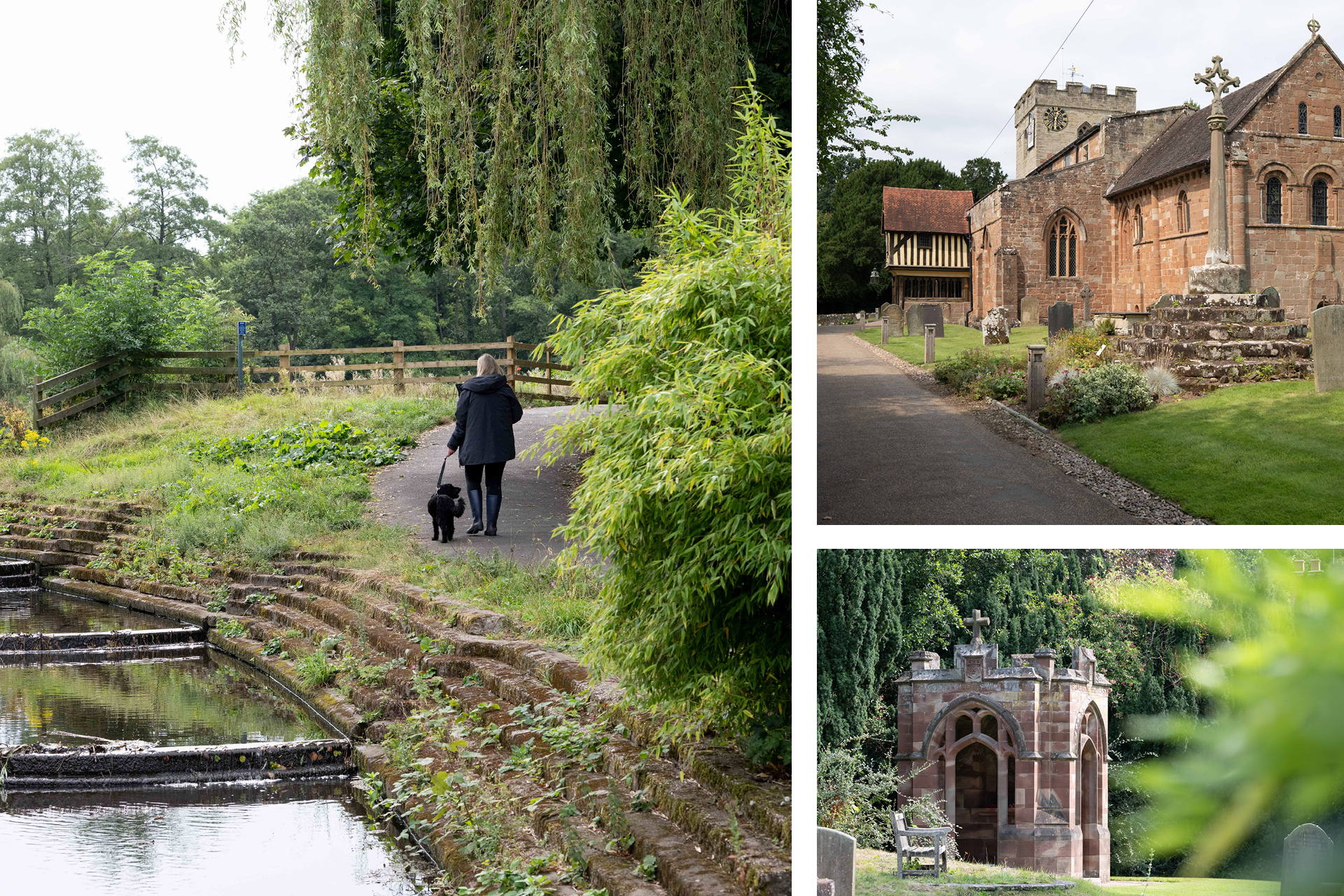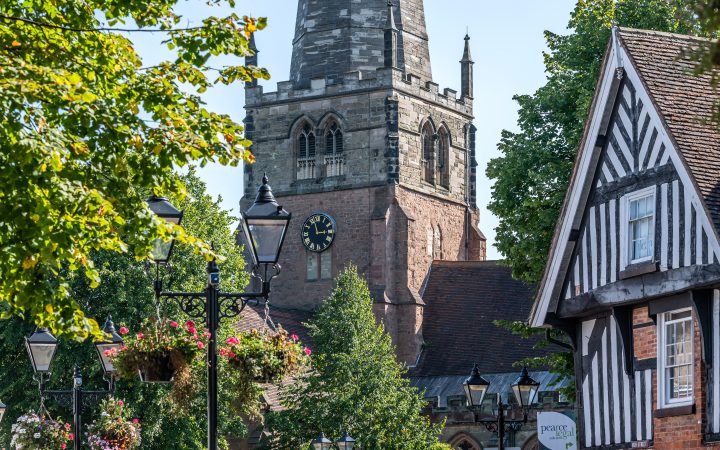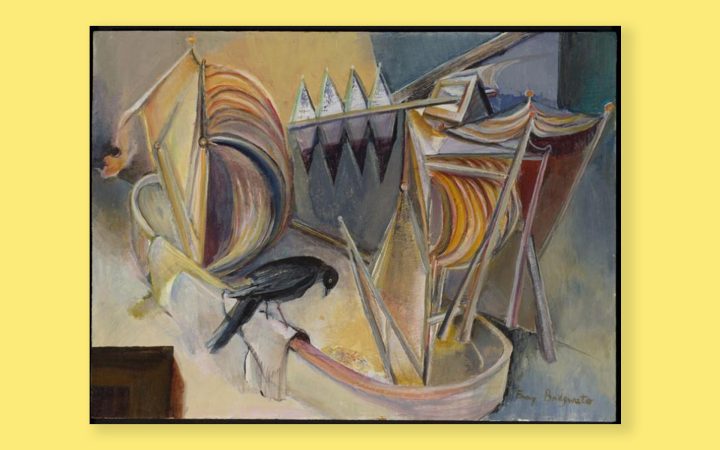Visit Solihull, a region full of historical interest

In recognition of English Tourism Week (14-23 March 2025) which celebrates the UK’s diverse, exciting and vibrant tourism sector, we’re taking a look at the quality and variety of historical sites to visit in our borough…
Berkswell Village
A beautiful and thriving village, Berkswell is steeped in history.
The name “Berkswell” has long been attributed to the presence of a well in the pretty village of Berkswell situated in the rural east of the borough, in fact the abundant supply of clean water is probably the reason that a settlement was started here.
Berkswell Well was the source of water for many villagers, including the school, right up until the mid-twentieth century.
In 1967, a round sandstone base and a stone carved foot were found in between the walls of the Norman crypt and the foundations of the earlier Saxon church and it is thought that they were likely to have been parts of a pagan shrine originally situated by the well.
The stocks on the village green have five holes rather than the normal four and local tradition suggests that this was to accommodate an elderly soldier with a wooden leg, who was always in trouble, and two of his mates.
A reading room in the village is now used as the village hall. The initials J.H.W. and the date of 1900 are carved over the doorway; the initials stand for the then Lord of the Manor, Joshua Hirst Wheatley JP, of Berkswell Hall. Reading rooms were set up by benevolent people to provide books and newspapers for working class people.
Elmdon Park
On 3rd August 1944, Solihull Urban District Council purchased Elmdon Hall and its grounds for use as a public park. Prior to this the hall had a variety of owners and renowned families living there, but over many years it was allowed to fall into disrepair and eventually the building was demolished.
In 1983, part of the park containing the remains of the estate’s walled garden was leased to Warwickshire Wildlife Trust for use as a nature reserve.
Elmdon Nature Park is a designated Green Flag Park and a Local Nature Reserve.
Horse and His Master Statue
Head to Malvern Park to see this Grade II-listed hollow bronze statue by notable Victorian sculptor Joseph Edgar Boehm (1834-1890). The Horse and His Master statue was created in 1874 and from c.1904-1953 it stood on the lawn in front of Tudor Grange before its removal to Malvern Park.
National Cyclists’ Memorial
Centrally located Meriden was chosen as the home to the 30-ft tall granite ashlar obelisk known as the National Cyclists’ Memorial. The Athletic News claimed the credit for suggesting Meriden, and the Birmingham Daily Gazette declared that “No more appropriate spot could have been chosen, as Meriden is not only the centre of England, but it is itself within the very hub of the great cycling manufacturing industry.” The memorial honours all of the cyclists who died during the Great war and an annual memorial service has taken place every year since 1921 (except during the Covid pandemic) attracting hundreds of cyclists.
The Solihull Sonnet
Next time you head to Touchwood shopping centre take a moment before rushing into the shops to look up! Up above the Crescent Arcade, you can see a series of relief sculptures on the bulkhead between the Atrium and John Lewis. Consisting of 14 panels, it was described by Touchwood’s architect, Eric R. Kuhne (1951-2016) in 2000 as “The Solihull Sonnet.”
Wayfarer
Wayfarer is the pen name of Walter MacGregor (“Robbie”) Robinson (1877-1956) who was a cyclist and writer from Liverpool. He was passionate about cycling and a prolific writer on the subject of cycling. He died in Birmingham on 17th September 1956 and is buried in Witton Cemetery. A bench was erected in his memory on The Green, Meriden in 1959, close to the National Cyclists’ Memorial
These are just some suggestions of the regions lesser-known historical sites – we’re lucky to be in an area of the country with so much heritage and history. Where will you discover today?


















